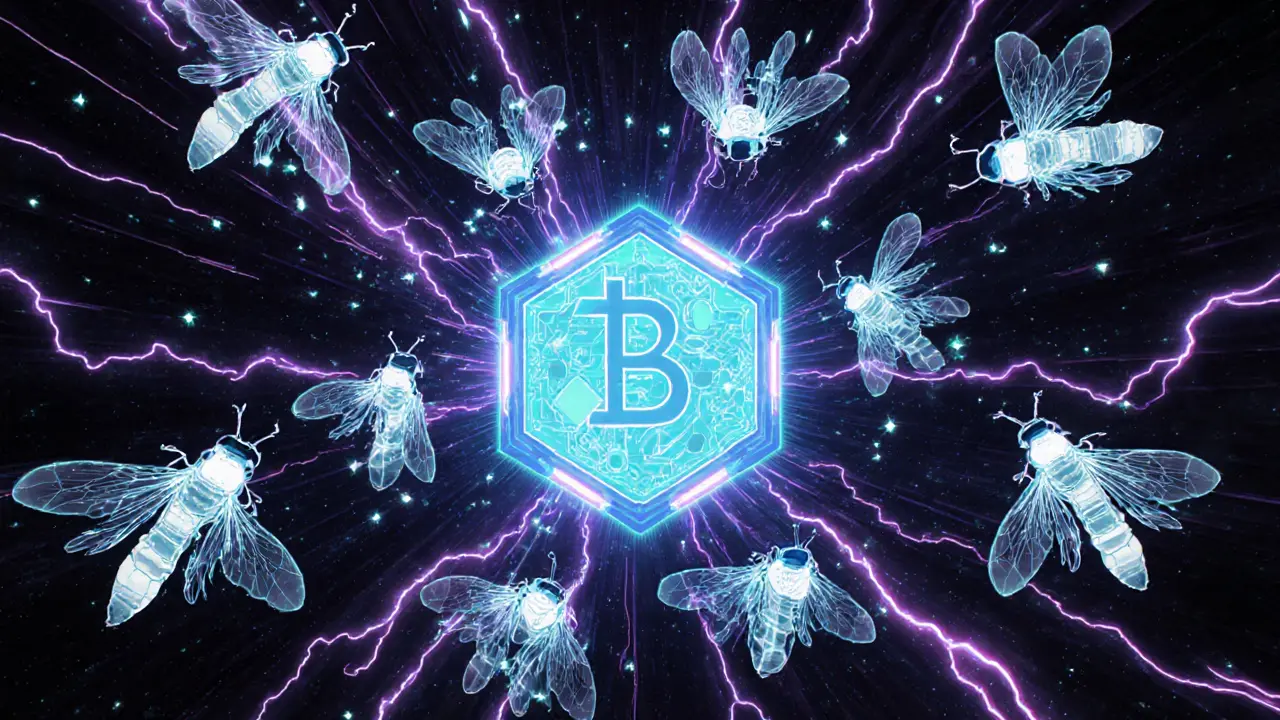Solana AI agents: What They Are, How They Work, and Why They Matter
When we talk about Solana AI agents, autonomous software programs running on the Solana blockchain that perform tasks like trading, customer service, or data monitoring without human input. Also known as blockchain AI bots, they’re not sci-fi—they’re already executing trades, managing wallets, and responding to user queries in real time. Unlike traditional bots that just follow rules, these agents learn from on-chain behavior, adapt to market shifts, and act with minimal oversight. They’re built to work inside smart contracts, using Solana’s speed and low fees to make decisions in milliseconds.
What makes Solana the perfect home for AI agents? It’s the combo of high throughput, the ability to process over 65,000 transactions per second, and low transaction costs, often under a penny per operation. That’s critical. AI agents need to run thousands of small actions daily—checking prices, triggering trades, updating NFT metadata. On Ethereum or BSC, that would cost a fortune. On Solana, it’s practical. These agents also pull data from oracles, track wallet activity, and even interact with other agents across DeFi protocols, forming a kind of decentralized AI network.
You’ll find Solana AI agents in action inside DeFi platforms that auto-rebalance portfolios, in gaming ecosystems that adjust difficulty based on player behavior, and in customer support bots that answer questions about tokenomics without human help. They’re not replacing people—they’re handling the repetitive, time-sensitive jobs so humans can focus on strategy. And because they run on-chain, every move they make is transparent and verifiable. No black boxes. No hidden logic. Just code doing what it’s told, at lightning speed.
But here’s the catch: not all AI agents on Solana are safe. Some are poorly coded, exploit bugs in smart contracts, or get hijacked by bad actors. That’s why knowing how they work matters—whether you’re using one, building one, or just holding tokens they affect. The posts below break down real examples: how agents are used in token launches, how they interact with airdrops, and what happens when they go rogue. You’ll see what’s legit, what’s risky, and how to spot the difference before you interact with them.
